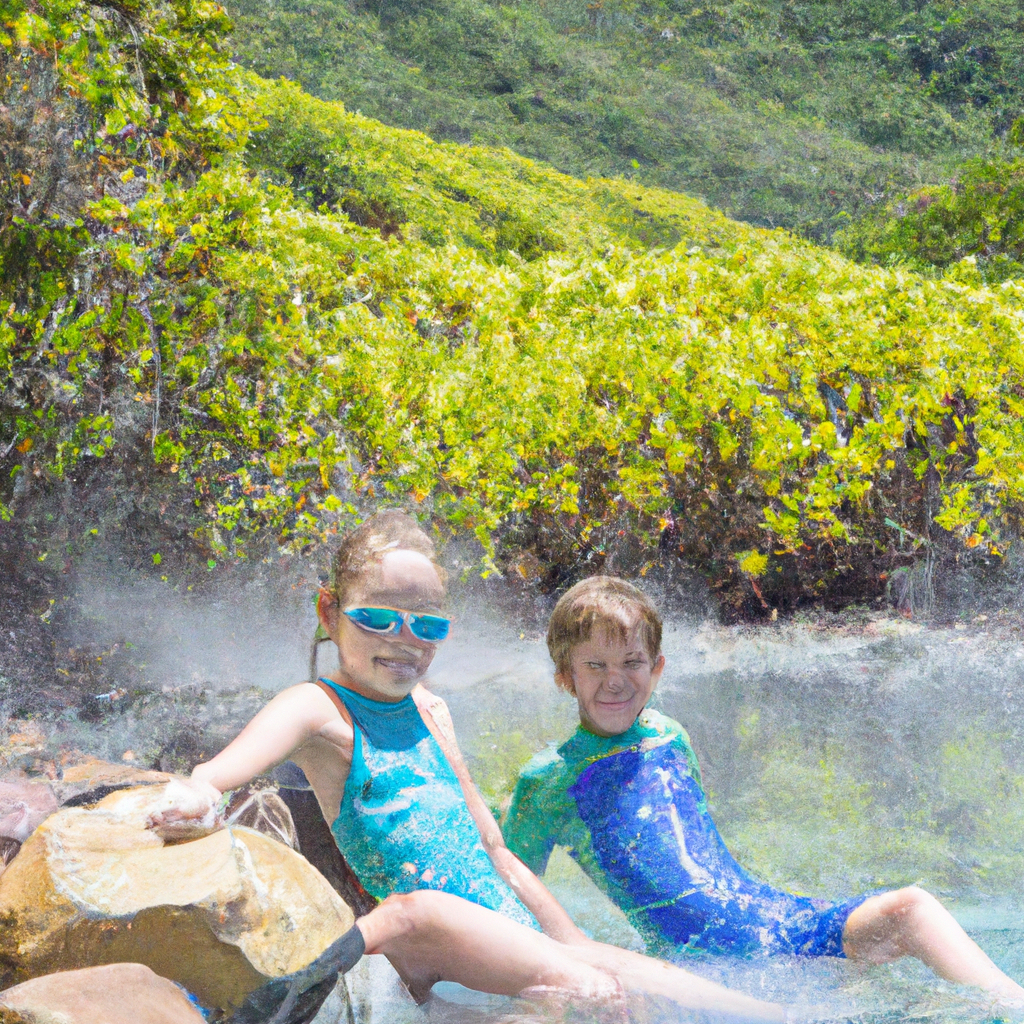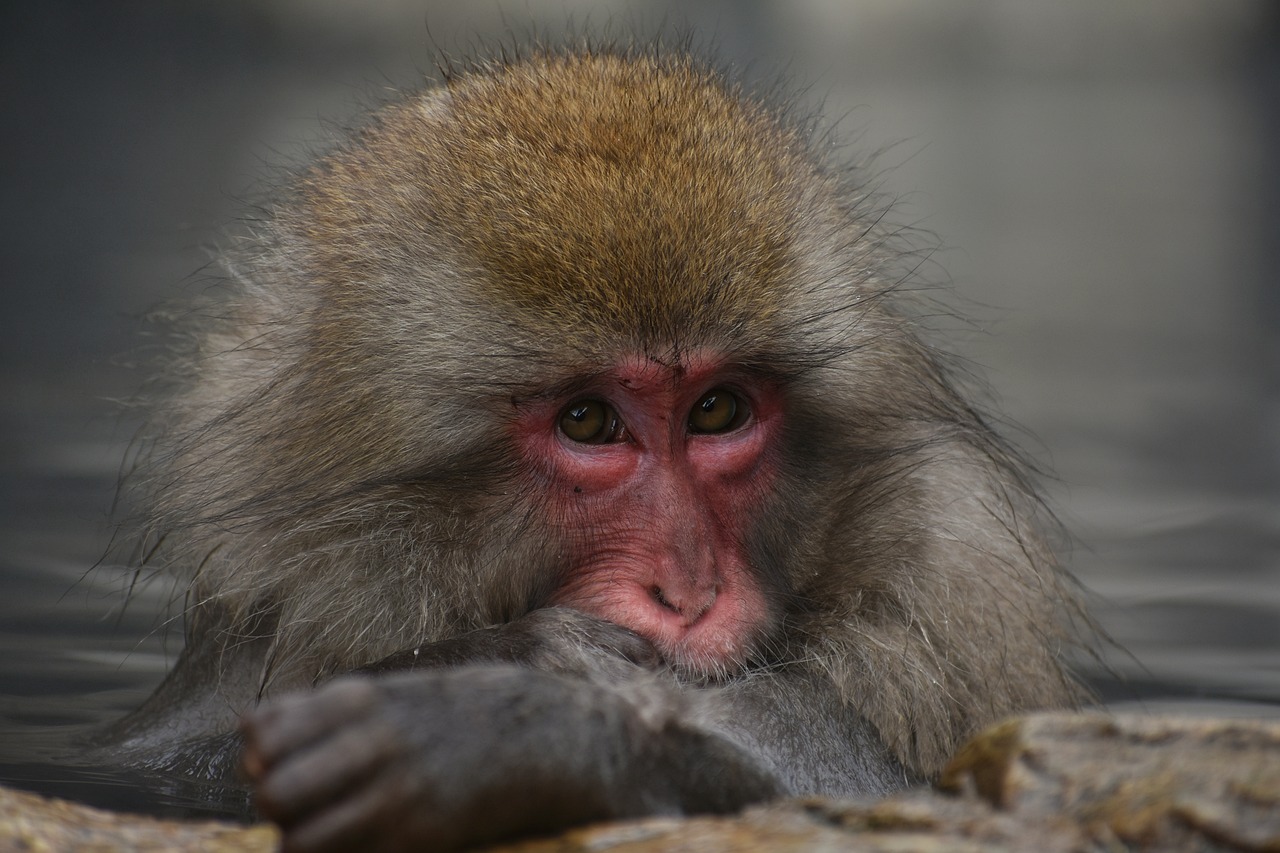Hot springs have been known for their therapeutic properties for centuries, but did you know that they can also be beneficial for children? In this article, we explore the safety measures parents should take when taking their little ones to hot springs and the array of advantages these natural wonders provide for their well-being. From boosting their immune system to improving their skin and promoting relaxation, hot springs offer a unique and rejuvenating experience for children that can enhance their overall health. So, grab your towels and get ready to learn all about the safety and benefits of hot springs for children. Hot springs can offer a fun and relaxing experience for both children and adults. However, it is important to take certain safety precautions to ensure a safe and enjoyable time for everyone involved.
1/children-and-hot-springs-safety-and-benefits-1024x682.jpg" title="Children And Hot Springs: Safety And Benefits" alt="Children And Hot Springs: Safety And Benefits" style="max-height: 500px; max-width: 100%;" />
Safety Precautions
Supervision
When visiting hot springs with children, it is crucial to provide constant supervision. Hot springs can be deep and unpredictable, so having a responsible adult watching over the children is essential.
Temperature Control
Hot springs can often reach high temperatures, so it is important to ensure that the water is suitable for children. Before entering the hot spring, check the temperature and ensure it is tolerable for young ones. Additionally, be cautious of extreme temperature changes and monitor their time spent in the water.
Hydration
Spending time in hot springs can cause dehydration, especially for children who are more prone to it. Make sure to bring plenty of water and encourage your child to drink regularly to stay hydrated.
Sun Protection
While enjoying hot springs, don’t forget about sun protection. Apply sunscreen to your child’s exposed skin to protect them from harmful UV rays. Additionally, consider providing them with a hat and sunglasses for added protection.
Avoiding Overcrowded Pools
Hot springs can sometimes become overcrowded, which may pose safety risks, especially for children. It is best to choose less crowded times or find a hot spring that has designated areas for families with children.
Medical Considerations
Age Restrictions
Some hot springs may have age restrictions due to safety concerns. Before planning a visit, check the rules and regulations of the specific hot spring to ensure that it is suitable for children.
Pre-existing Health Conditions
If your child has any pre-existing health conditions, it is important to consult a healthcare professional before visiting a hot spring. They can provide guidance on whether it is safe for your child to participate and any precautions that may need to be taken.
Immune System Concerns
Children with weakened immune systems may be more susceptible to infections or illnesses that can be present in hot springs. In such cases, it is crucial to consult with a healthcare provider to determine if visiting a hot spring is safe for your child.
Pregnancy
If you are pregnant, it is important to be cautious when visiting hot springs due to the potential risks associated with increased body temperature. Consult with your healthcare provider to determine if it is safe and what precautions should be taken.
Physical Benefits
Relaxation and Stress Relief
Hot springs are known for their relaxing properties, and children can benefit from this as well. The warm water and serene environment can help relieve stress and promote overall relaxation.
Improving Blood Circulation
Soaking in hot springs can improve blood circulation, which can be beneficial for people of all ages, including children. It helps to deliver necessary nutrients and oxygen to the body’s tissues.
Muscle Relaxation and Pain Relief
Hot springs can provide muscle relaxation and help alleviate pain. This can be particularly beneficial for children who engage in physical activities or sports as they may experience muscle soreness or injuries.
Enhancing Skin Health
The minerals present in hot springs can have a positive effect on the skin. Soaking in the mineral-rich water can help improve skin health and promote a youthful appearance.
Respiratory Health
Steam Inhalation
The steam rising from hot springs can be beneficial for respiratory health. Inhaling the steam can help open up airways and relieve congestion, helping children with respiratory conditions breathe more comfortably.
Reducing Congestion
Hot springs can assist in reducing congestion in the respiratory system, making it easier for children to breathe. This can be particularly helpful for those suffering from allergies or colds.
Alleviating Respiratory Conditions
The warm, humid air of hot springs can provide relief for children with respiratory conditions such as asthma or bronchitis. However, it is essential to consult with a healthcare professional before exposing a child with respiratory conditions to hot springs.
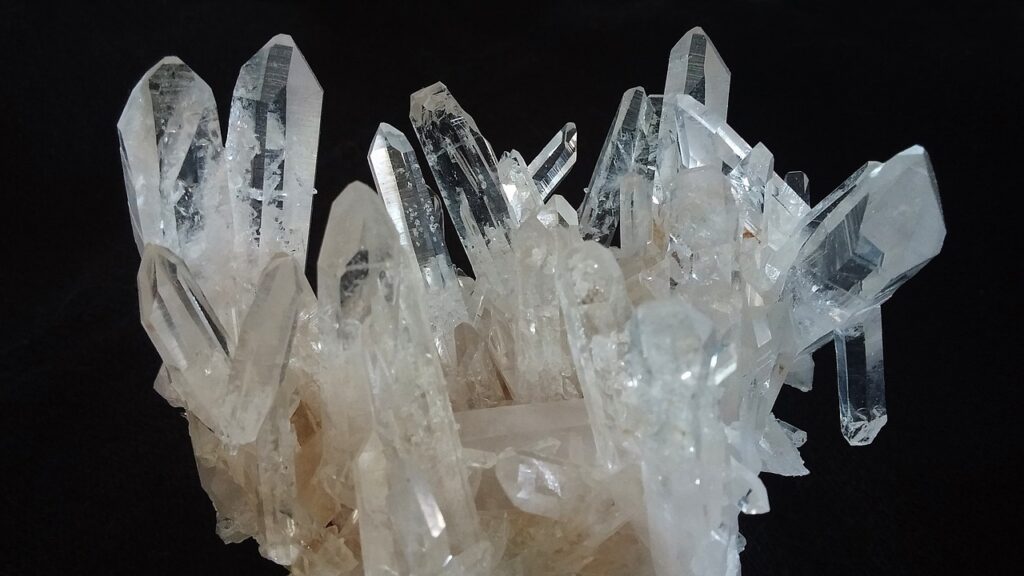
Water Safety
Water Cleanliness
Before allowing children to enter a hot spring, it is important to ensure that the water is clean and free from contaminants. Choose well-maintained hot springs or those strictly regulated to ensure a safe environment for children.
Chemical Balance
Hot springs often contain naturally occurring minerals and chemicals. It is important to check the chemical balance of the water, as excessive mineral content can be harmful to children. Ensure that the hot spring you choose has appropriate chemical levels for safe soaking.
Preventing Waterborne Illnesses
Hot springs can potentially harbor bacteria, such as Legionella, which can cause waterborne illnesses. Ensure that the hot spring you visit regularly tests and treats the water to minimize the risk of infections.
Swimming Skills
It is always a good idea to ensure that your child has basic swimming skills before visiting a hot spring. Even though it may not involve intense swimming, having the ability to swim and stay afloat can add an extra layer of safety.
Drowning Prevention
Constant Supervision
When it comes to preventing drowning, constant supervision is key. Always keep a watchful eye on your child and ensure that they are within arm’s reach at all times.
Enforcing Pool Rules
Hot springs often have designated rules and guidelines for safety. Make sure your child understands and follows these rules, such as no running or diving, to prevent accidents and injuries.
Teaching Water Safety
Educate your child about water safety, including the importance of not going in the water alone and understanding their swimming abilities. Teaching them about potential dangers and how to respond in emergencies can help prevent accidents.
CPR Knowledge
Having knowledge of CPR (Cardiopulmonary Resuscitation) is a valuable skill that can save lives. Consider taking a CPR course to ensure that you have the skills necessary to respond to an emergency if needed.
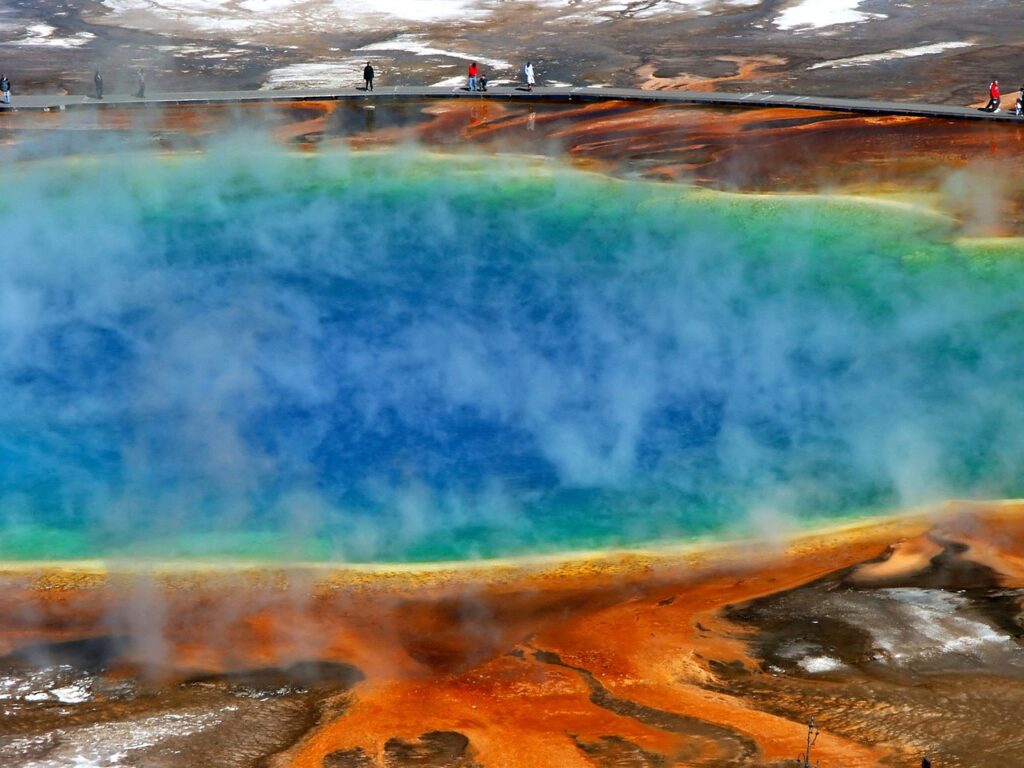
Immunizations
Required Vaccinations
Before traveling to a hot spring, ensure that your child’s immunizations are up to date. Vaccines provide essential protection against various diseases and can help prevent potential health risks associated with hot spring visits.
Potential Exposure to Diseases
Hot springs can attract visitors from various regions, increasing the risk of exposure to different diseases. Consult with your healthcare provider to determine if additional vaccinations are necessary based on the specific hot spring location.
Consulting Healthcare Provider
If you have any concerns or questions regarding immunizations or potential health risks, it is always a good idea to consult with a healthcare provider. They can provide personalized advice based on your child’s medical history and immunization status.
Possible Hazards
Slippery Surfaces
Hot springs can often have slippery surfaces due to the water and minerals present. Take precautions to ensure that your child does not slip and fall. Encourage them to walk carefully and consider wearing appropriate footwear.
Hot Water Burns
Hot springs consist of naturally heated water, which can sometimes be extremely hot. Always test the water temperature before allowing your child to enter to avoid the risk of burns. Keep your child away from any visibly hot surfaces or areas.
Allergic Reactions
Some individuals may be allergic to certain minerals or substances present in hot springs. Keep an eye out for any signs of allergic reactions, such as skin rashes or respiratory distress, and seek immediate medical attention if necessary.
Insect Bites and Stings
Depending on the location and surroundings of the hot spring, insects may be present. Protect your child from insect bites and stings by applying insect repellent and wearing appropriate clothing.
Environmental Dangers
When visiting hot springs, it is essential to be aware of any potential environmental dangers, such as uneven terrain or unstable rocks. Always be cautious of your surroundings and ensure that your child stays away from any hazardous areas.
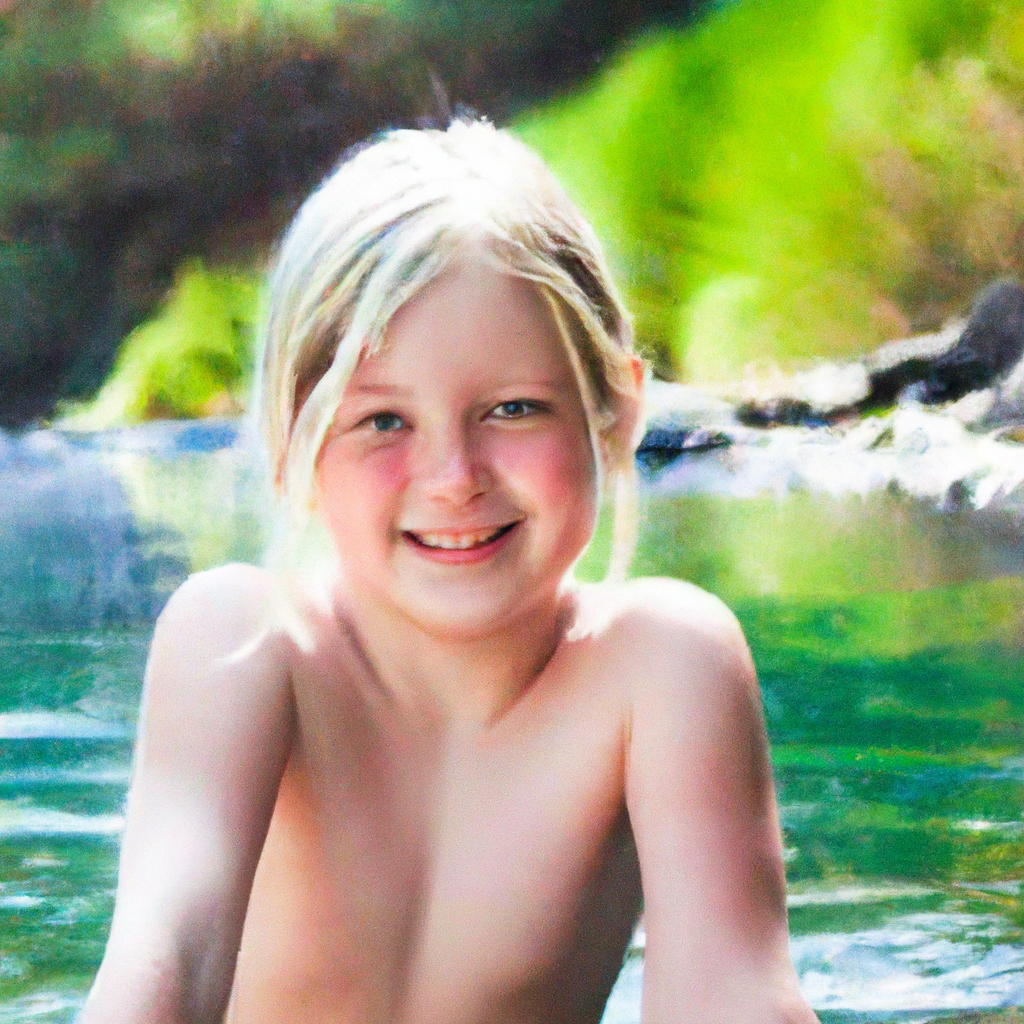
Choosing the Right Hot Spring
Research and Reviews
Before selecting a hot spring, do thorough research and read reviews from other visitors. Pay attention to the experiences of families with children, as this will give you a better idea of whether or not a specific hot spring is suitable for your child.
Safety Certifications
Check if the hot spring has any safety certifications or is regulated by local authorities. These certifications ensure that the hot spring meets safety standards and provides a safe environment for visitors, including children.
Family-Friendly Facilities
Look for hot springs that specifically cater to families and children. These hot springs often have facilities and amenities designed for young visitors, such as shallow pools, water slides, or play areas.
Educational Opportunities
Geology and Natural Sciences
Hot springs offer valuable educational opportunities for children to learn about geology and the natural sciences. Discovering how hot springs are formed and the geological processes behind them can be both educational and fascinating.
Environmental Awareness
Hot springs are often surrounded by beautiful natural landscapes. Take the opportunity to teach your child about the importance of environmental conservation and the need to protect these fragile ecosystems.
Cultural Significance
Some hot springs have cultural significance to local communities. Engage with the local culture and teach your child about the historical and cultural aspects associated with the hot spring they are visiting.
Historical Insights
Hot springs have been used for therapeutic purposes throughout history. Share stories and historical insights about hot springs with your child to foster their interest in history and expand their knowledge.
In conclusion, visiting hot springs with children can be a wonderful experience that offers both safety and benefits. By following safety precautions and considering medical considerations, you can ensure a pleasant and enjoyable time for your child. The physical and respiratory benefits, along with educational opportunities, make hot spring visits an excellent choice for families. With supervision, proper water safety, and awareness of potential hazards, you can create lasting memories and enrich your child’s understanding of nature, science, and culture.
